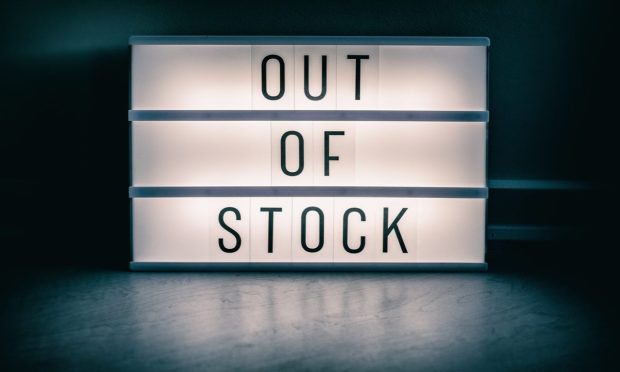Don’t Expect Durable Goods Ordered in 2021 Until 2022 as Supply Chain Snags Drag On

With the term “supply chain” becoming part of everyday household patter, consumers are acutely aware of shortages and delays caused by the pandemic. Some sectors — particularly electronics and durable goods that rely on semiconductors — are seeing delivery wait times for items ordered this year extend well into 2022, adding consternation to the equation.
As The Wall Street Journal recently reported, “Delivery times for certain models of refrigerators, stoves and dishwashers can be six months to a year out, appliance sellers and designers said. Major domestic producers like Whirlpool Corp. and GE Appliances said supply-chain challenges are resulting in longer lead times.”
In one example, home appliance maker Electrolux recently warned of ongoing delays, with Reuters reporting that the Stockholm-based manufacturer said, “it may struggle to meet demand through the rest of the year and into 2022 due to global supply-chain challenges, after its profit slumped in the third quarter as component shortages held back production.”
Industry groups are also increasingly alarmed about ramifications of long lag times between durable goods orders, payments and fulfillment.
An October statement from the Association of Home Appliance Manufacturers (AHAM) said “a coalition of four major manufacturing associations – the Association of Home Appliance Manufacturers (AHAM), the Air-Conditioning, Heating, and Refrigeration Institute (AHRI), the North American Association of Food Equipment Manufacturers (NAFEM) and the National Electrical Manufacturers Association (NEMA) – are urging immediate action by the Biden administration to address supply chain challenges.”
Per that statement, “Combined with increased demand for appliances and equipment, supply chain bottlenecks have negative consequences, including increased costs, lost sales, delayed deliveries of critical products to consumers in the face of supply chain backlogs, and even shutting down manufacturing plants.”
See also: Biden to Meet With Retail Leaders on Supply Chain Snags
Unfilled Orders and Payments Complications
Another test of supply chain resiliency came with Black Friday and Cyber Monday sales.
Surveying nearly 2,100 U.S. consumers on Friday (Nov. 26) and Saturday (Nov. 27), PYMNTS found that “38% of shoppers — 55 million people — could not buy at least one of the purchases on their list because retailers did not have it.” With 32% of respondents saying three or more items they shopped for were out of stock at their preferred merchants, PYMNTS calculated that inventory stockouts cost retailers as much as $4.6 billion in lost sales over the holiday weekend.
Unfilled orders for durable goods — defined as items ordered and typically paid for but not yet delivered— is a telling measure of the divide between order and delivery of goods.
The U.S. Census Bureau’s Monthly Advance Report On Durable Goods Manufacturers’ Shipments, Inventories And Orders (October 2021) stated, “Unfilled orders for manufactured durable goods in October, up nine consecutive months, increased $3.1 billion or 0.2 percent to $1,249.7 billion. This followed a 0.7 percent September increase. Machinery, up nineteen consecutive months, led the increase, $1.4 billion or 1.2 percent to $113.7 billion.”
All of this comes as orders for durable goods from refrigerators to stoves are running high, with the COVID cocooning effect driving more home improvements. As posited by the Federal Reserve Bank of Cleveland, “The increase in durable goods spending observed during the pandemic could be the result of a number of factors. Two likely possibilities are that the historic change in consumers’ circumstances altered what they wanted to buy and that an increase in their disposable income due to fiscal policy measures changed how much they could buy.
How consumer spending might be impacted by delays in expensive home goods is an unknown, as supply chain problems are more pronounced this year than last.
To square the uncertainties of shipping delays and payments pressures, more consumers are using options like Lease-To-Own (LTO) to procure major appliances and home furnishings on flexible installment terms.
According to the study, Finding Retail’s Invisibles: Leveraging Flexible Digital Payments To Reach Underserved Durable Goods Customers, a PYMNTS and Katapult collaboration, “A sample representative of nearly one-quarter of adult American consumers who purchased durable goods in the past 12 months reported that they were very interested in participating in lease-to-own programs,” pointing to an estimated 46 million consumers now motivated to try LTO.
See the data: Inventory Stockouts Cost Retailers Up To $4.6B On Black Friday
